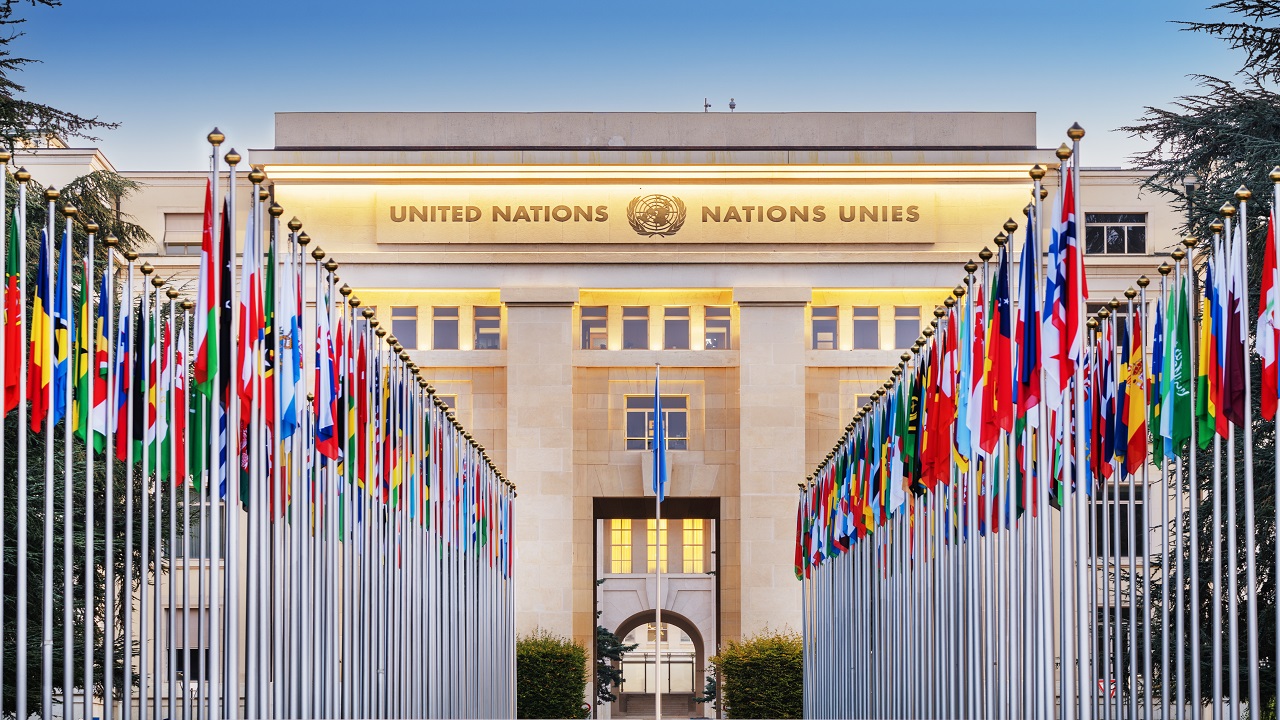The Dynamics of RBI-Government Relations: A Historical and Contemporary Overview
Context : As Shaktikanta Das concludes his tenure as the Governor of the Reserve Bank of India (RBI) on December 10, his leadership was marked by a familiar tension between the central bank and the government. This friction, particularly over monetary policy decisions, reflects a longstanding history of conflicts between successive RBI Governors and governments.
Historical Context: Tensions Between RBI Governors and Governments
-
Y. V. Reddy (2003–2008)
- Conflicts with the Finance Ministry: Reddy frequently clashed with then-Finance Minister P. Chidambaram over financial market development and the ₹60,000 crore farm loan waiver.
- Forex reserves debate: Reddy opposed the use of India’s growing forex reserves for government-backed lending without guarantees, emphasizing fiscal prudence.
-
D. Subbarao (2008–2013)
- Resistance to growth pressures: Subbarao faced disagreements with Finance Ministers Chidambaram and Pranab Mukherjee, particularly over his anti-inflation stance, which was seen as impeding growth.
- Opposition to FSDC: He resisted the creation of the Financial Stability and Development Council (FSDC), arguing it would dilute the RBI’s role in maintaining financial stability.
-
Raghuram Rajan (2013–2016)
- Defending autonomy: Rajan advocated fiercely for the RBI’s independence, resisting moves to transfer money market regulation to SEBI. He underscored the importance of the RBI’s ability to say “No.”
- Demonetisation caution: Rajan warned of the costs and preparation required for demonetisation. Despite his advice, the policy was implemented shortly after his tenure ended.
-
Urjit Patel (2016–2018)
- Surplus reserves dispute: Patel resisted government attempts to access the RBI’s excess reserves, leading to significant tension.
- Resignation: Amid increasing government pressure and the invocation of Section 7 of the RBI Act, Patel resigned citing personal reasons.
- (Section 7 of the RBI Act grants the government power to direct the RBI on matters of public interest.)
Key Issues During Shaktikanta Das’ Tenure
- Policy Rate Standoff:
Despite government pressure to reduce policy rates to address the GDP slowdown, the RBI maintained the repo rate at 6.50%, prioritizing inflation control. This decision faced opposition from Finance Minister Nirmala Sitharaman and Commerce Minister Piyush Goyal, highlighting the central bank’s commitment to inflation management over growth stimulation.
Recurring Themes in RBI-Government Conflicts
- Autonomy of the Central Bank: Governments often push for accommodative monetary policies, while RBI Governors emphasize inflation control and fiscal discipline.
- Interest Rate Policies: Disagreements commonly arise over rate cuts, as governments seek to spur growth, while the RBI remains wary of inflationary risks.
- Regulatory Jurisdiction: Tensions over financial market reforms and surplus reserves reflect underlying governance challenges.
- Diverging Priorities: Governments prioritize immediate economic growth and political considerations, whereas the RBI focuses on long-term economic stability.
The 26th RBI Governor: Sanjay Malhotra
The Appointments Committee of the Cabinet has selected 56-year-old Sanjay Malhotra, currently the Revenue Secretary in the Finance Ministry, as the 26th RBI Governor. His term begins on December 11, 2024, and will last for three years.
Conclusion
The relationship between the RBI and the government is a delicate balance between maintaining monetary policy autonomy and addressing fiscal imperatives. As Shaktikanta Das’ tenure comes to an end, the ongoing tension underscores the critical role of the RBI in safeguarding financial stability against political pressures.




Comments (0)